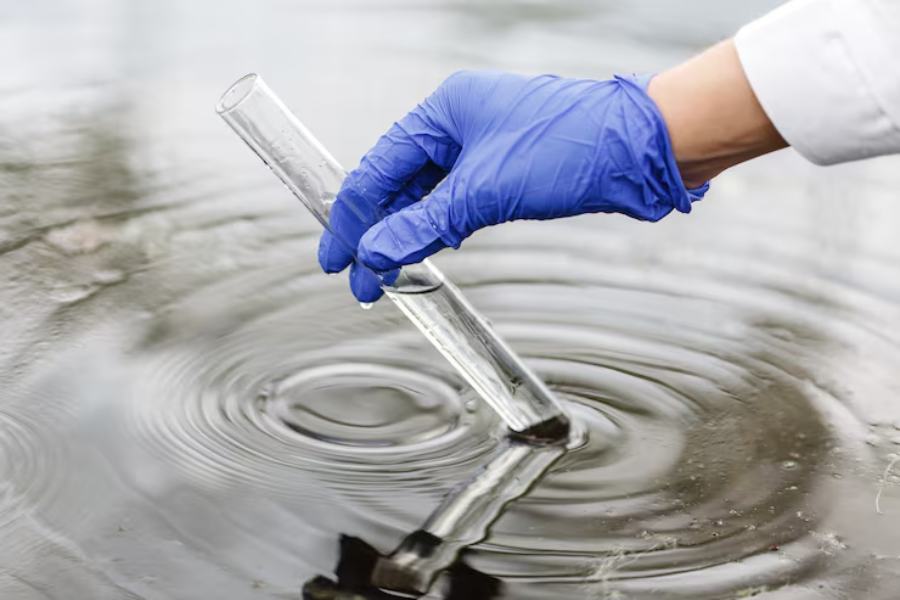How does water testing for borehole systems work?

Getting a borehole for your home or business might seem simple enough. Just get a company to drill down until they hit water, put a pipe in, and pump it up – right?
While actually getting the water out of the ground can in some cases be almost as simple as that, you will also need to do a range of tests beforehand to make sure that the water quantity and quality is suitable for your needs, ideally prior to investing in a huge water extraction system.
Let’s take a closer look at how that testing process works.
Defining water needs
Before the tests can take place, it’s important to be clear about what needs to actually be tested. While there are some common tests that will be important no matter the end use (such as pH and heavy metals) there may also be certain specific tests that need to be done.
It can also be important to find out how much water the borehole will be able to provide sustainably. This requires a different kind of testing, and in many cases will mean that it’s necessary to get a company like Teckna Group to actually build the well before you can do the assessment.
Getting an accurate sample
To get an accurate result, it’s important to get hold of a stable sample that will be representative of the water coming out of the hole. It’s possible that it will initially be contaminated as a result of the drilling process, which means that the pump will need to be run until the system is purged.
This can take a little while, but it’s important in order to get a proper picture of what’s actually happening beneath the ground. During these stages, you’ll also be able to get a better idea of how much water can be taken over a certain period of time.
Field tests
Some tests will need to be carried out in the field, while the samples are still fresh. That includes things like pH and temperature, and turbidity. The site technician will be able to do these very quickly, adding the notes to a logbook, which will be complemented by lab data.
Lab tests
Samples taken from the borehole will then need to be sent to labs for proper testing. Here, a whole range of different tests will be carried out.
Tests will be done for heavy metals, calcium and a range of other chemicals. E-coli levels will be an important issue, especially if the end use involves potential human consumption.
Depending on the results of all these tests, you may also need to invest in some kind of treatment or filtration facility. Regardless, users of wells need to commit to ongoing testing on a regular basis. There are hundreds of ways that impurities can make their way into the water supply, and it’s crucial that tests are done to ensure health and safety on site. Once the well is drilled and the water is accessible, these tests aren’t difficult or expensive to commit to, and should be considered a core part of regular maintenance.
